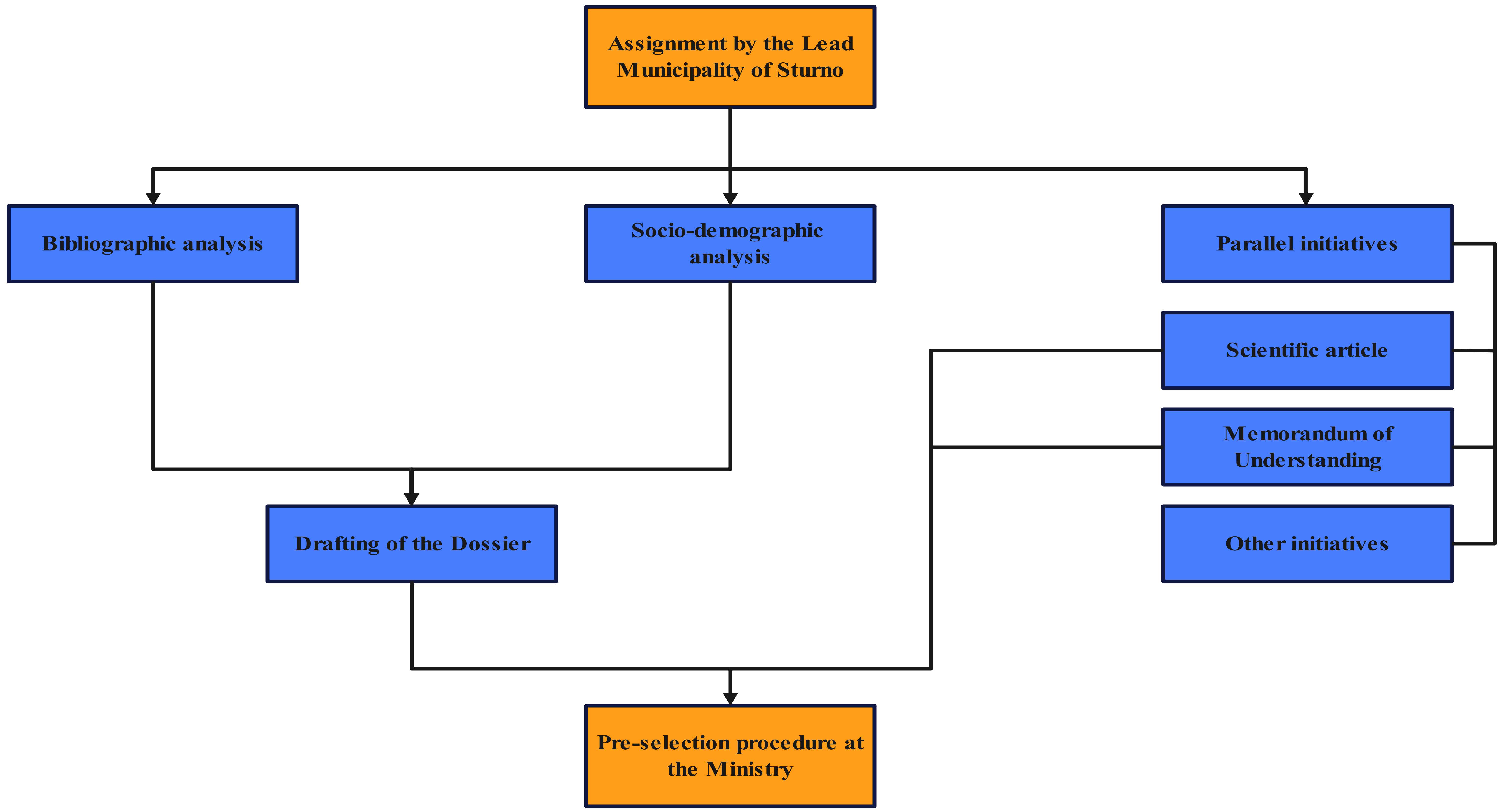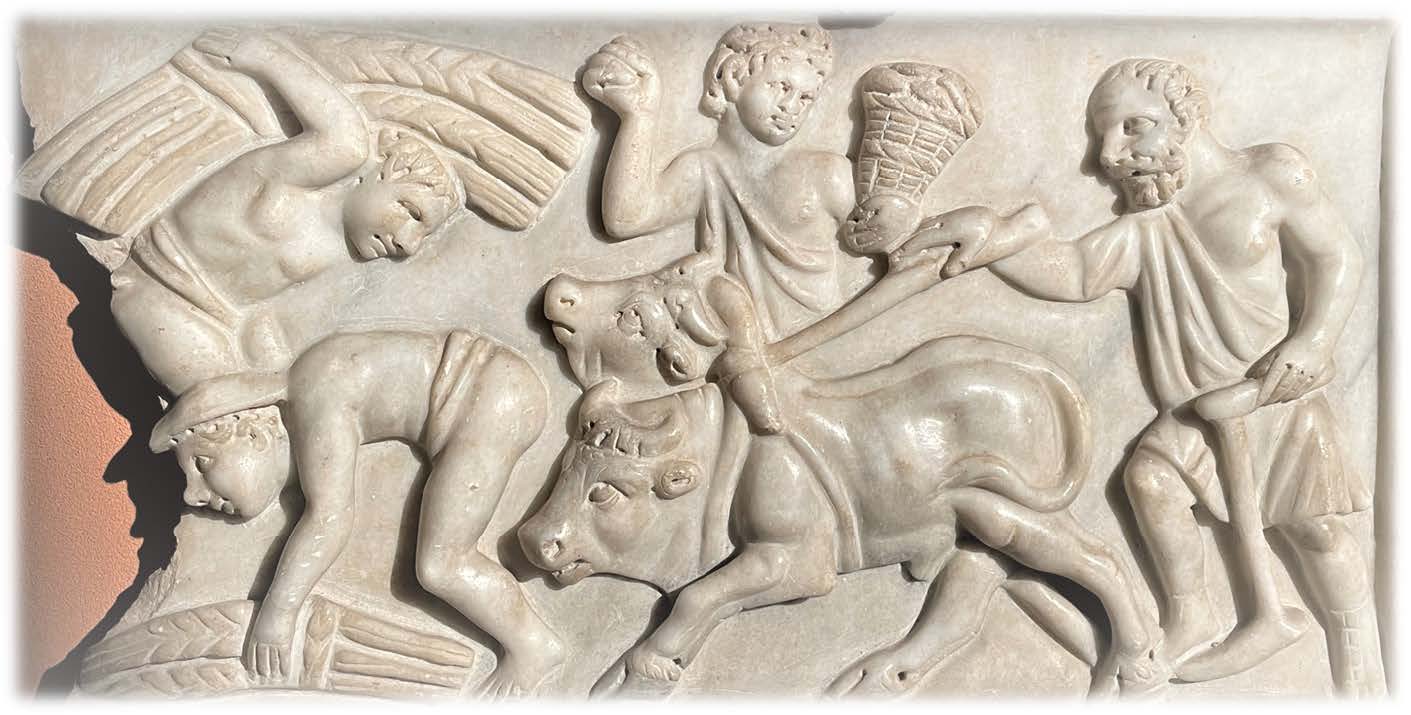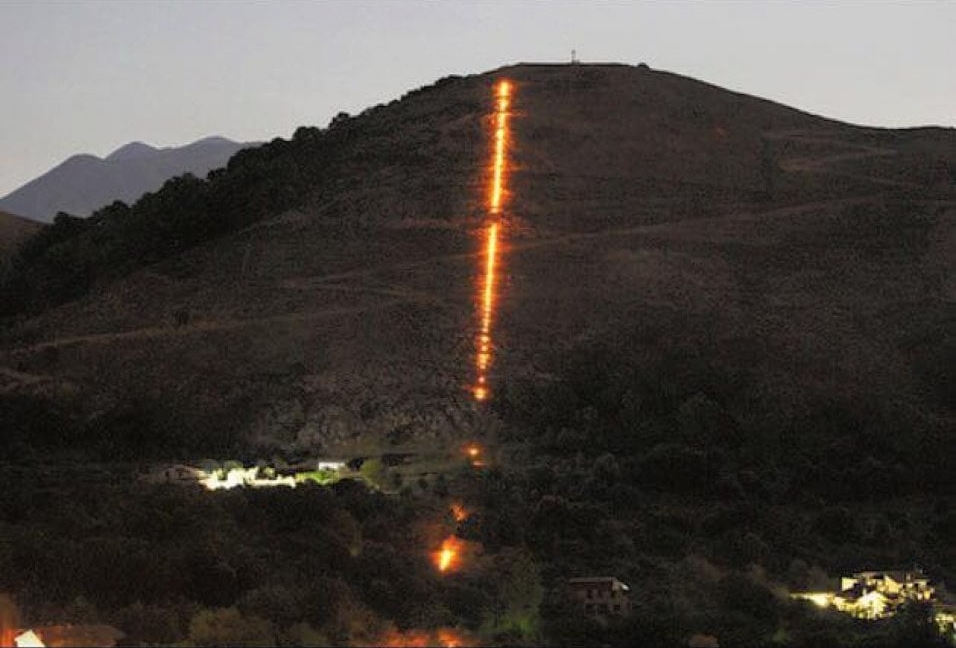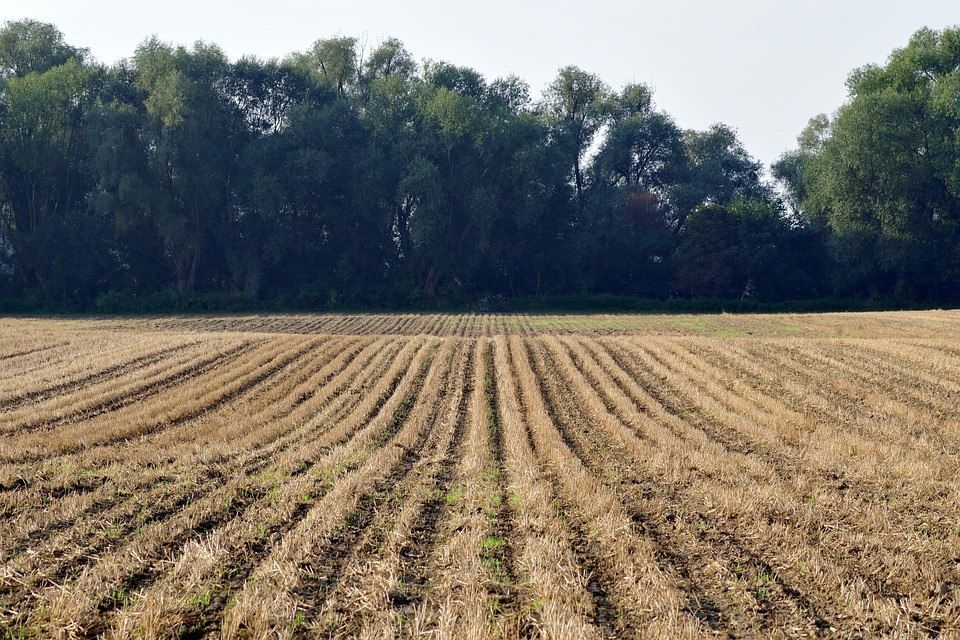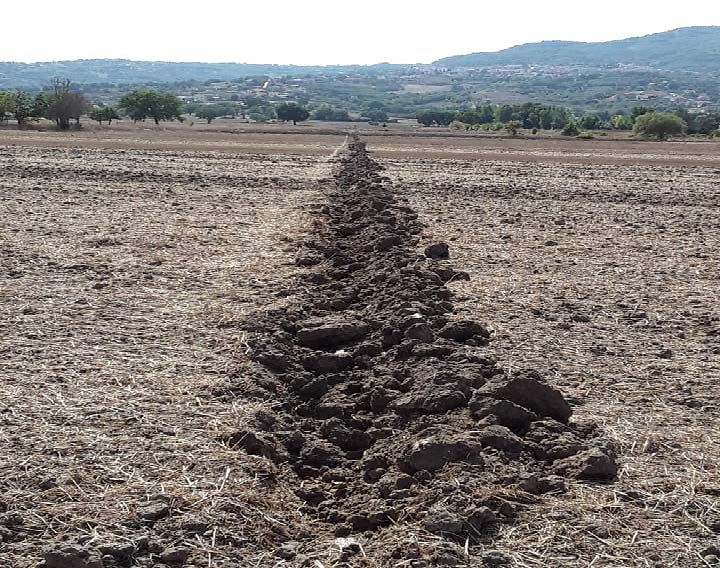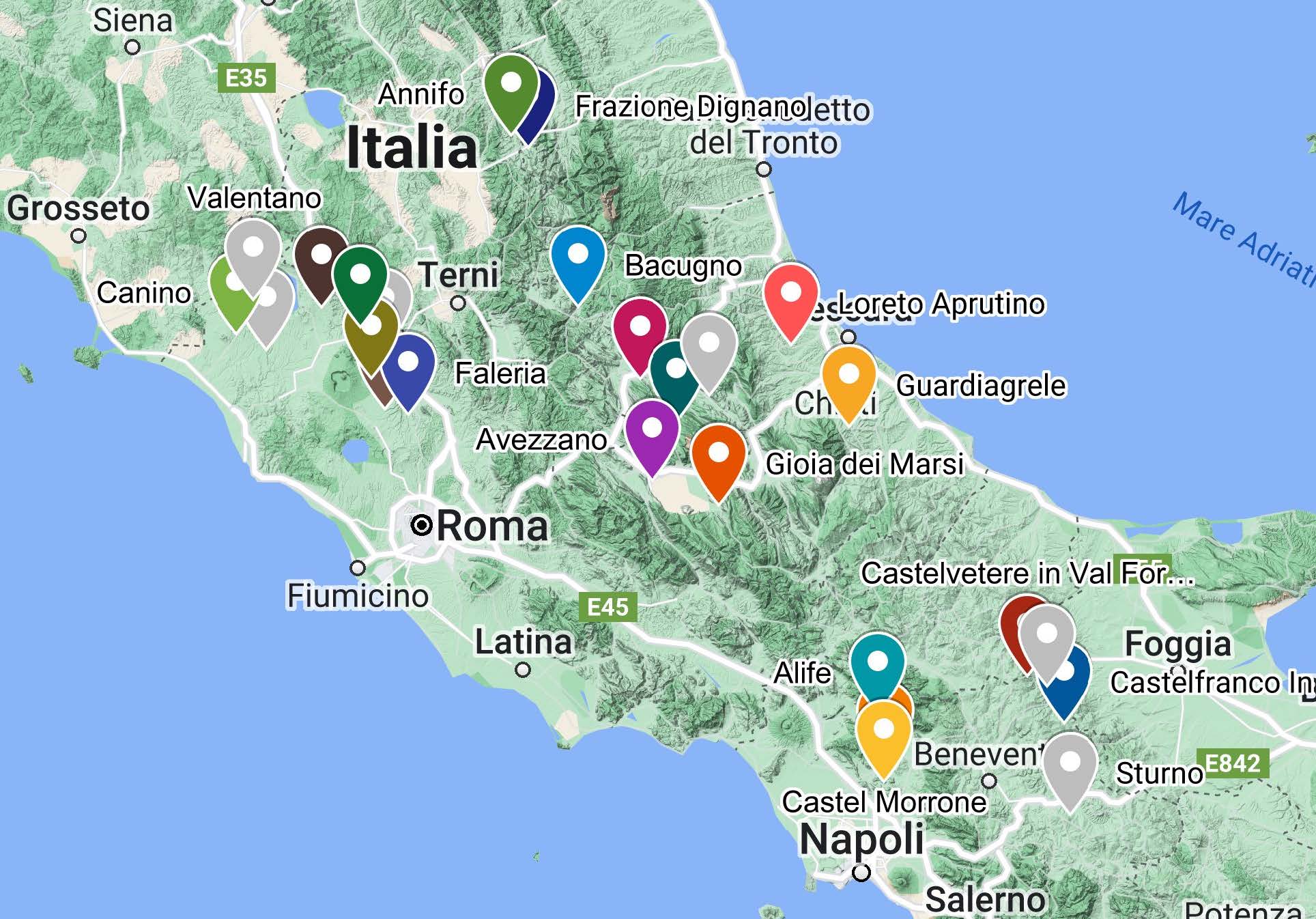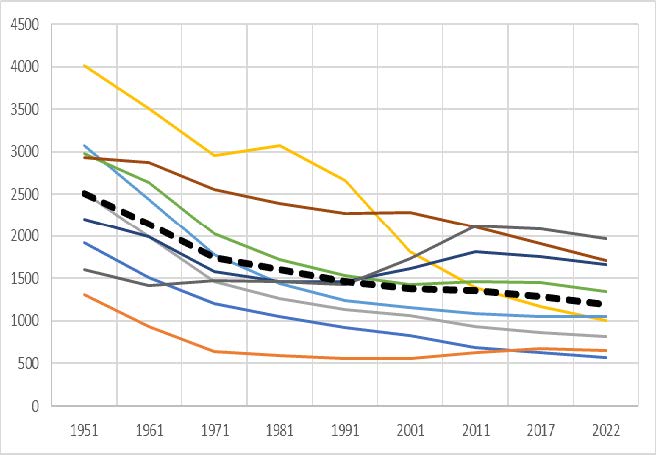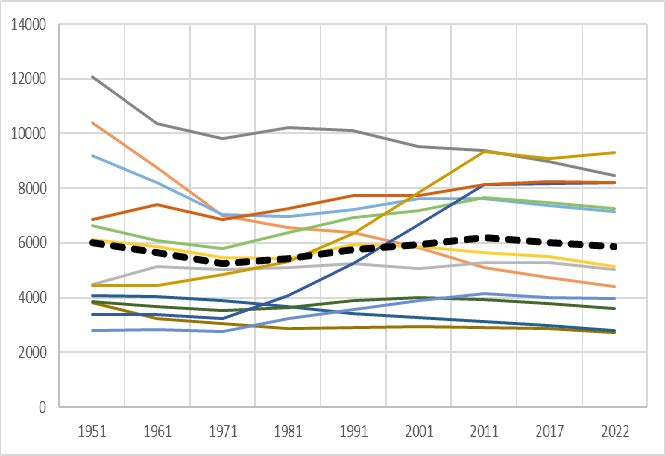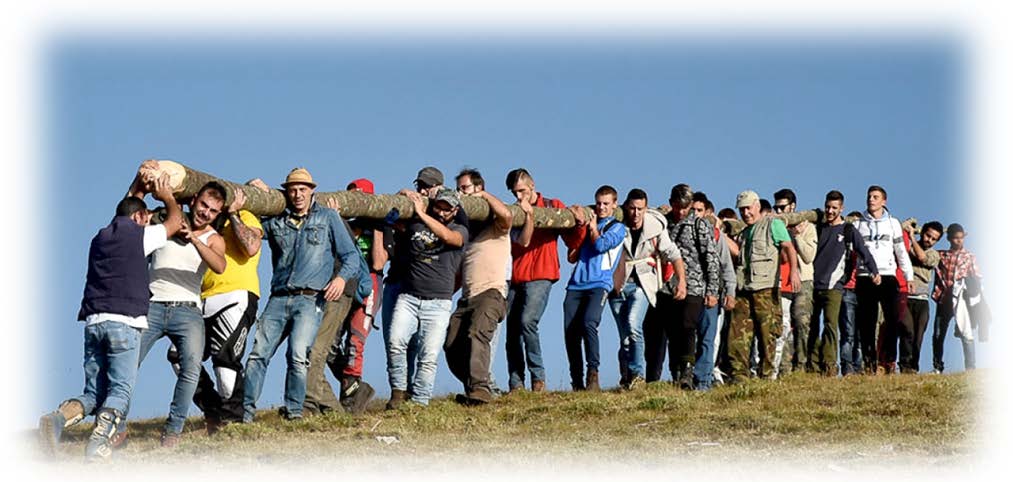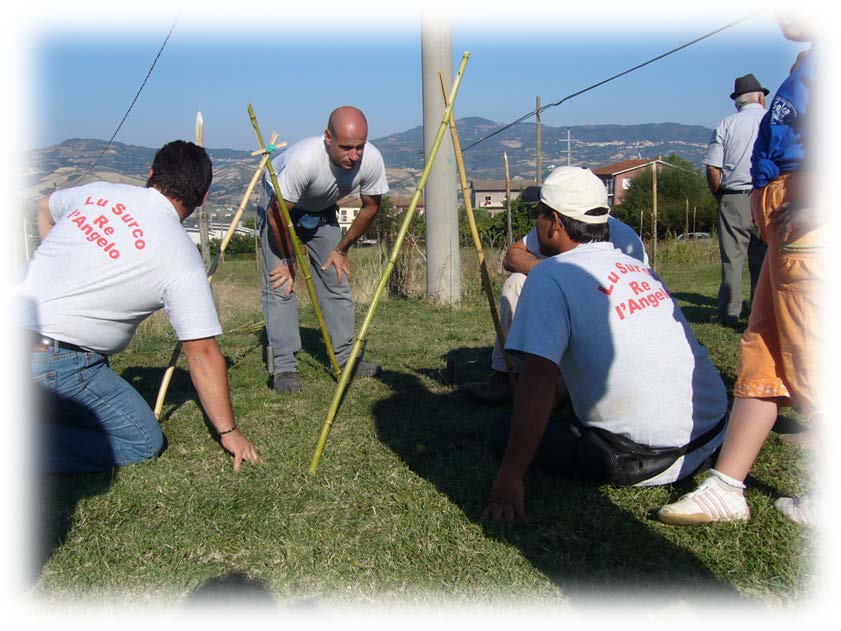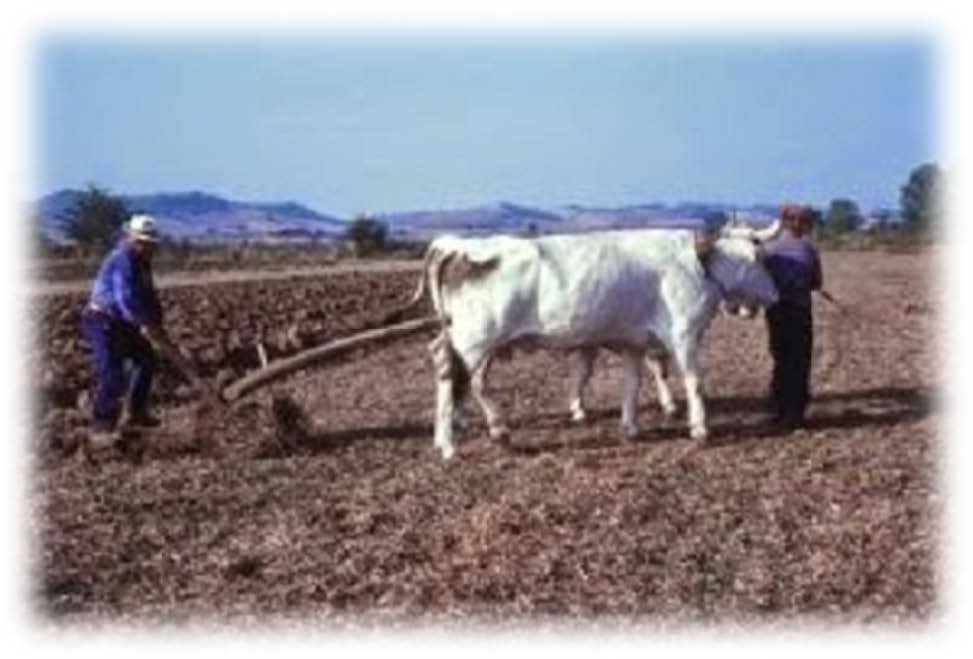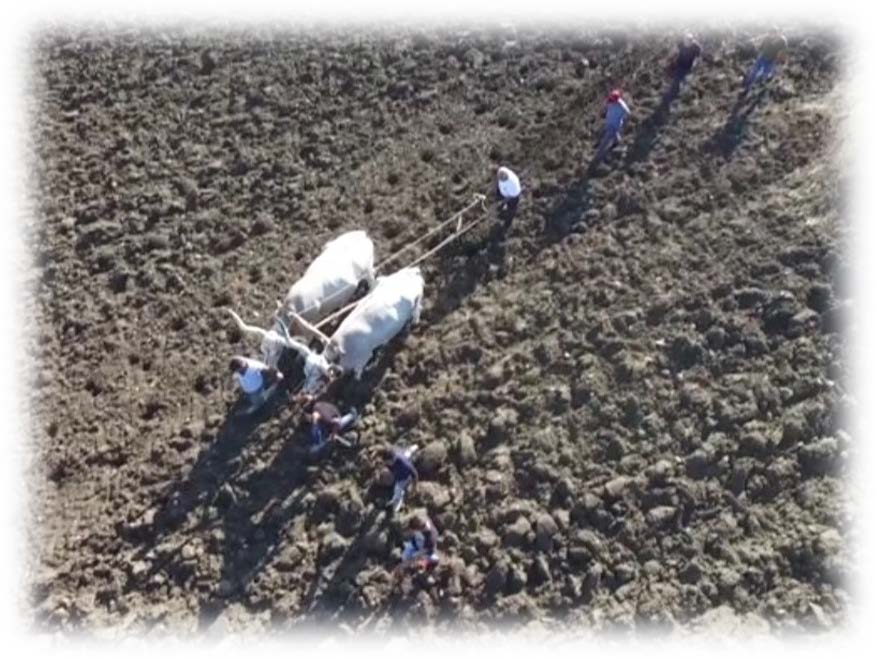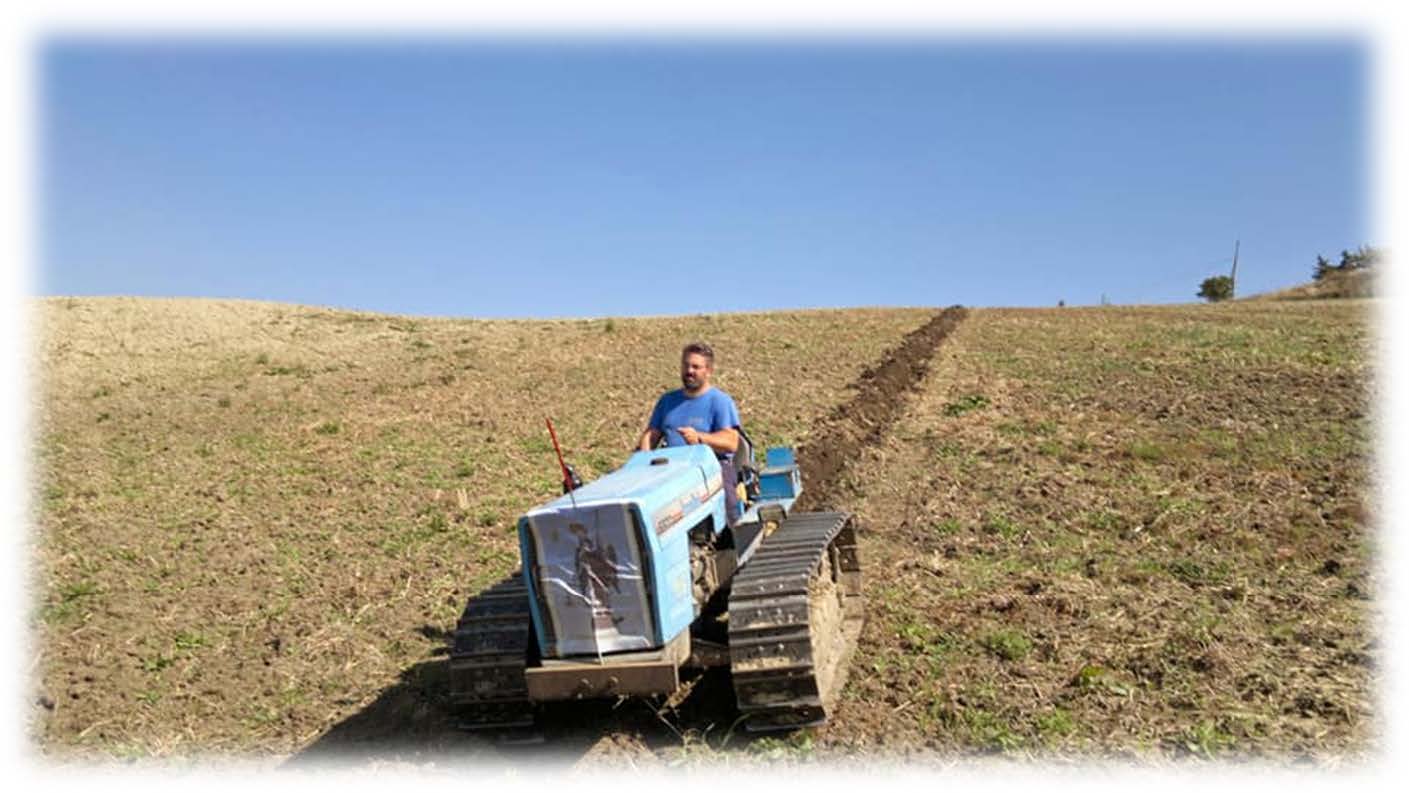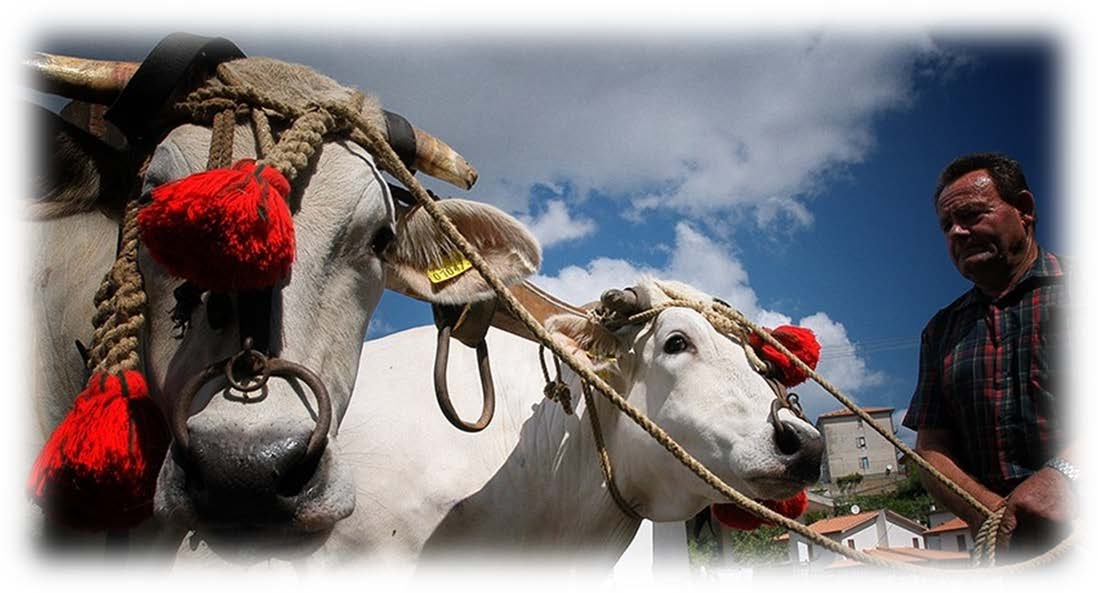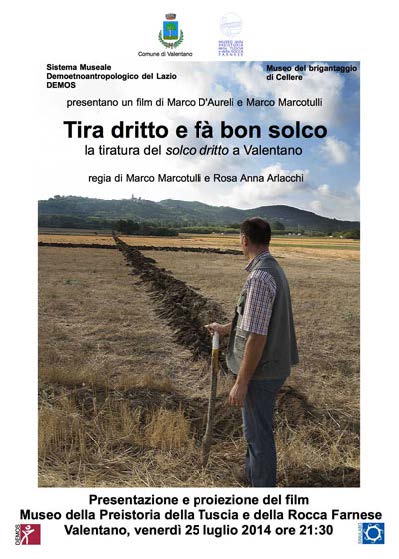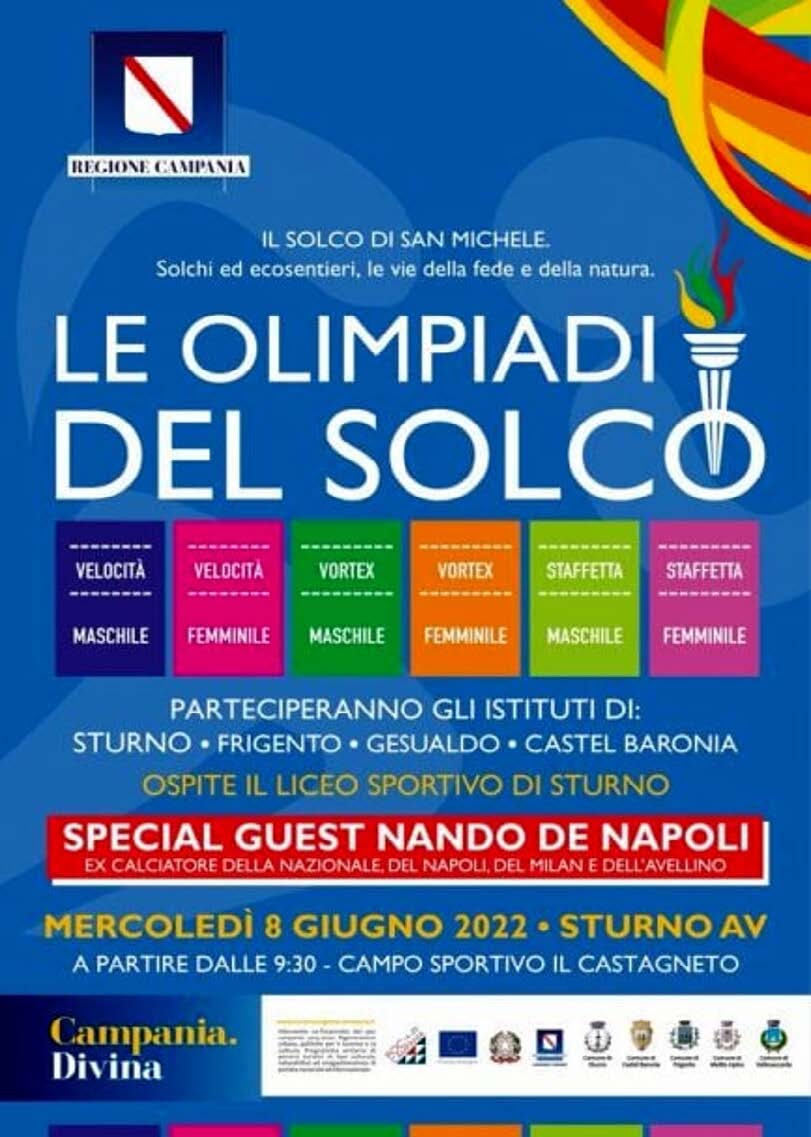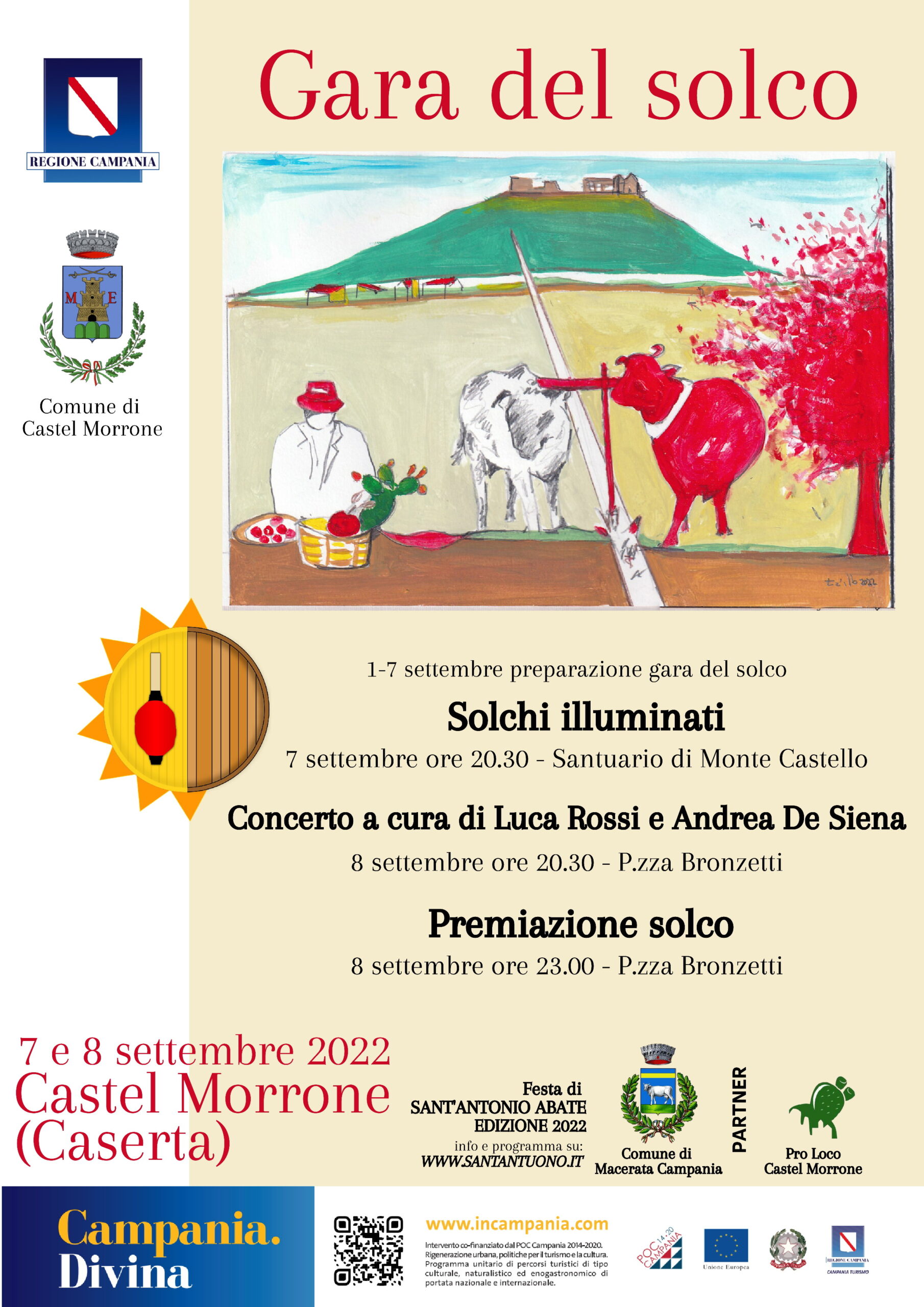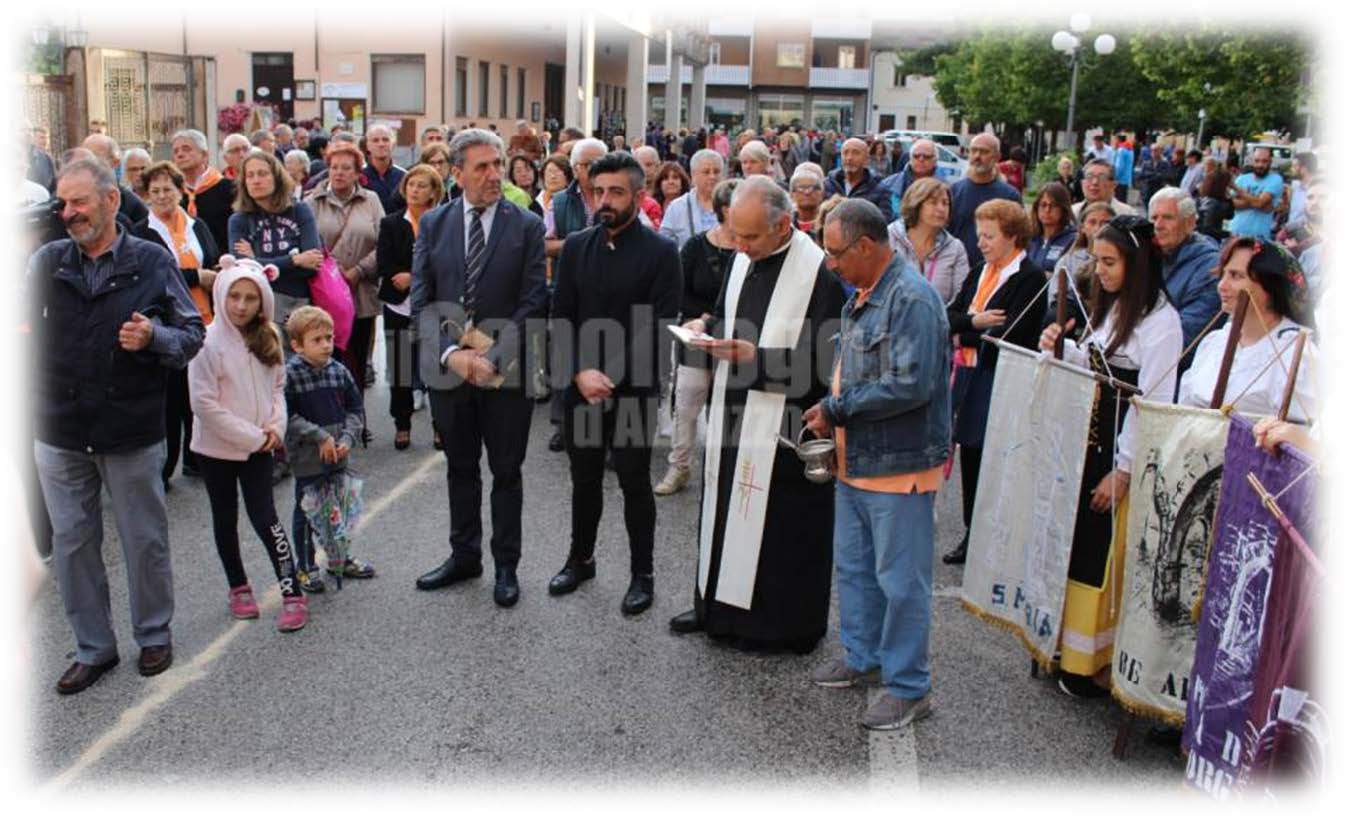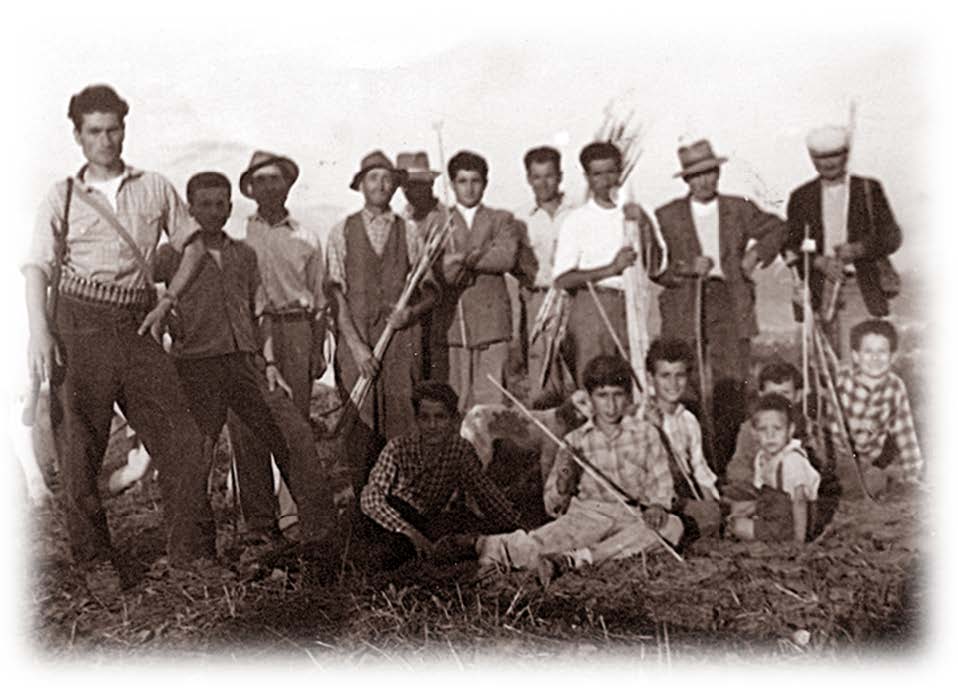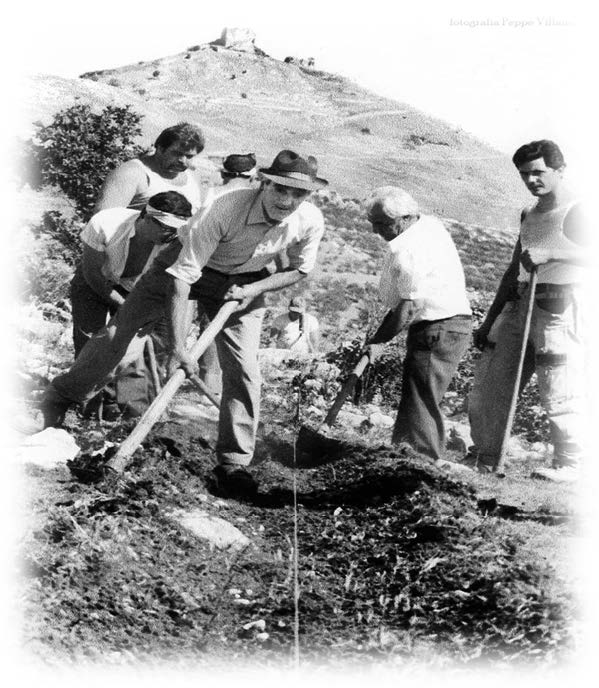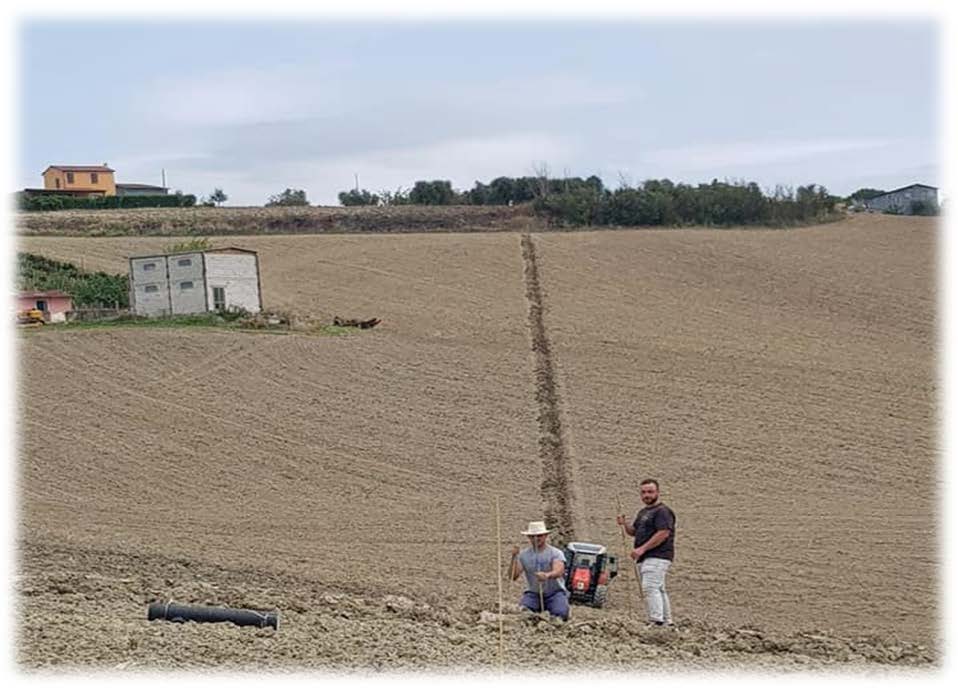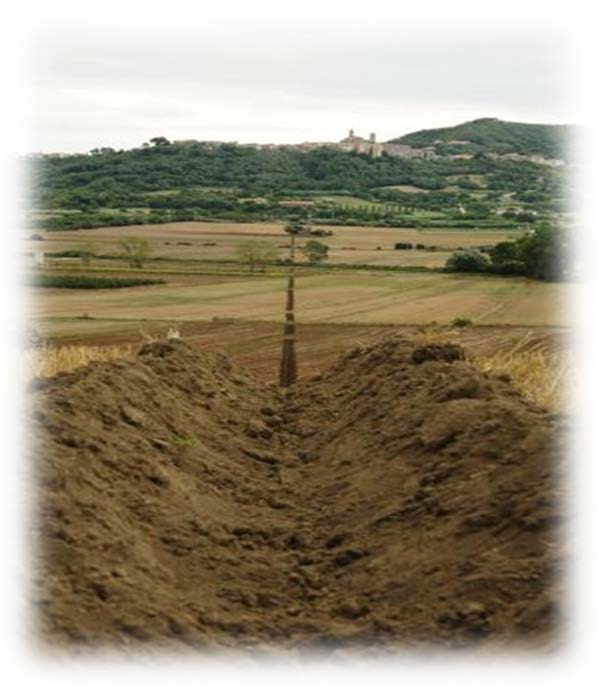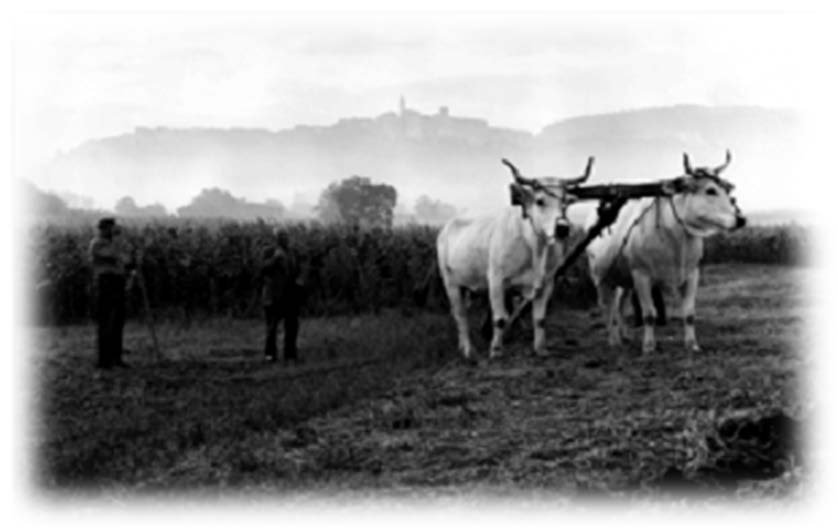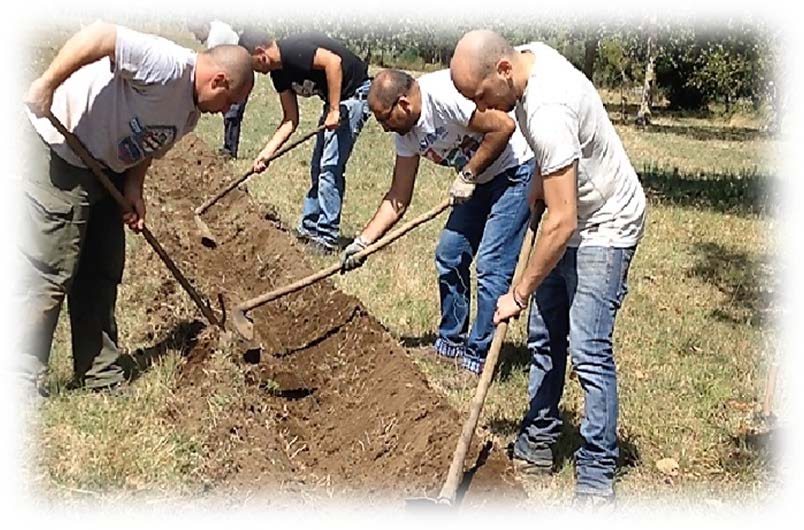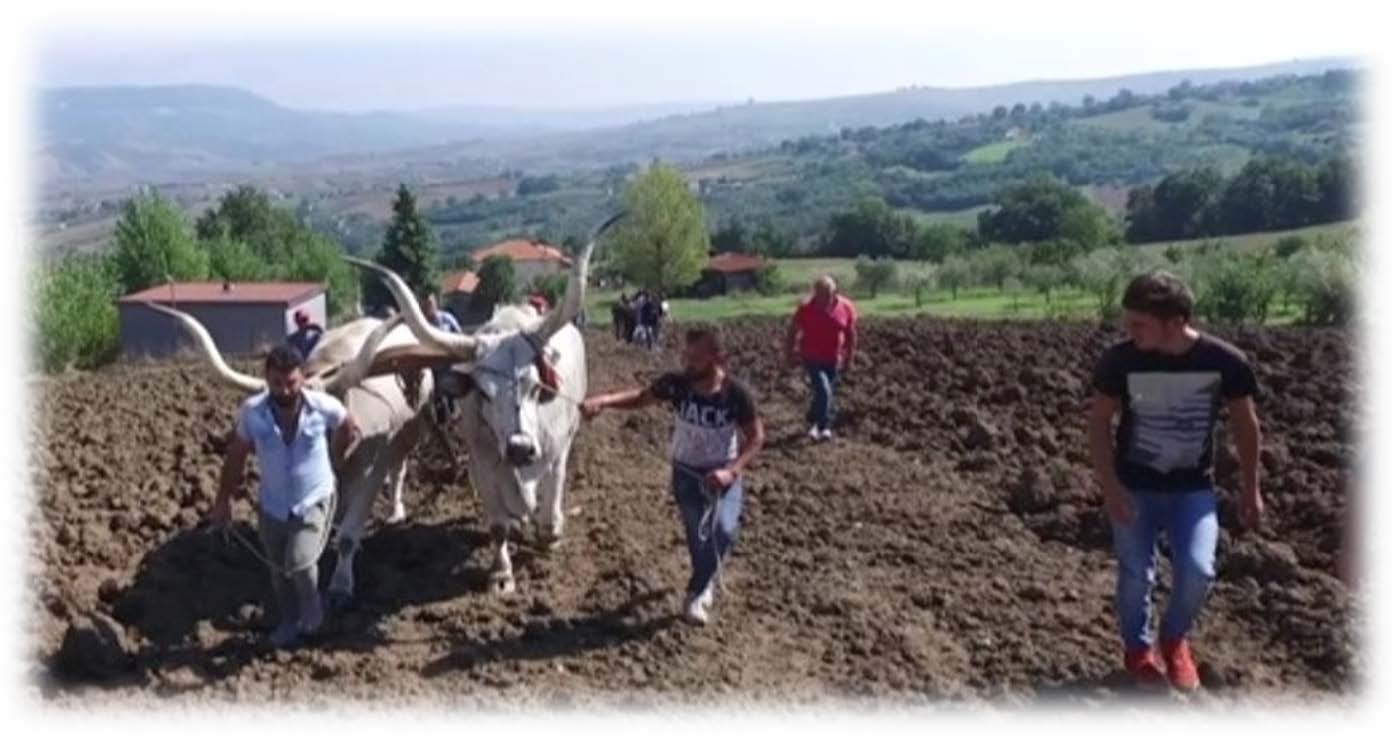The Valorisation of an Ancient Traditional Practice for the Promotion of Rural and Sustainable Tourism: The “Tracing of the Straight Furrow” in Central and Southern Italy
1
Fondazione Sistema Irpinia, 83100 Avellino, Italy
2
Department of Law, Economics, Management and Quantitative Methods, University of Sannio, Palazzo de Simone, 82100 Benevento, Italy
†
These authors contributed equally to this work.
*
For correspondence.
Received: 21 December 2022 Accepted: 27 February 2023 Published: 28 February 2023
This article is part of the Special Issue Sustainable Tourism.
Abstract
The aim of this original contribution is to present the procedures and process initiated by some municipalities in inland areas for the inclusion of an ancient rural tradition, practiced in south-central Italy—the “Tracing of the straight furrow”—in the “National Register of Rural Landscapes of Historic Interest, Agricultural Practices and Traditional Knowledge”. The registry proposes to identify and catalog in a database the rural landscapes, practices and knowledge worthy of importance to safeguard their integrity and vulnerability. The article describes the research activity that was implemented to record the practice, and also wants to show that the standard procedure prepared by the Ministry cannot consist only of desk analysis (data collection, and preparation of the required dossier). Indeed, there is a need to initiate a process that, starting with the proposing institutions, involves local actors and communities who are familiar with traditional places and practices. Citizen participation in this decision-making process that implements the area’s tourism-cultural development policies is also essential to consolidate intra-generational and local relationships: desk analysis is thus enriched by field analysis. This makes it possible to highlight problems/potentialities and help in the selection of contextualized solutions to encourage adherence to initiatives especially after recognition of traditional practice in the National Register.
Figures in this Article
Keywords
traditional knowledge; agricultural practices; sustainable tourism; community-based tourism; Irpinia; tracciatura del solco dritto
Copyright © 2023
Sisto and Cresta. This article is distributed under the terms of the Creative Commons Attribution License (CC BY 4.0), which permits unrestricted use and distribution provided that the original work is properly cited.
Cite this Article
Sisto, M., & Cresta, A. (2023). The Valorisation of an Ancient Traditional Practice for the Promotion of Rural and Sustainable Tourism: The “Tracing of the Straight Furrow” in Central and Southern Italy. Highlights of Sustainability, 2(1), 16–34. https://doi.org/10.54175/hsustain2010003
References
1.
Lumsdon, L. M., & McGrath, P. (2011). Developing a conceptual framework for slow travel: A grounded theory approach. Journal of Sustainable Tourism, 19(3), 265–279. https://doi.org/10.1080/09669582.2010.519438
2.
Butowski, L. (2021). Sustainable Tourism: A Human-Centered Approach. Sustainability, 13(4), 1835. https://doi.org/10.3390/su13041835
3.
Sisto, M., Di Lisio, A., & Russo, F. (2020). The Mefite in the Ansanto Valley (Southern Italy): a Geoarchaeosite to Promote the Geotourism and Geoconservation of the Irpinian Cultural Landscape. Geoheritage, 12(29). https://doi.org/10.1007/s12371-020-00450-x
4.
Sisto, M., Di Lisio, A. & Russo, F. (2022). Geosite Assessment as a Tool for the Promotion and Conservation of Irpinia Landscape Geoheritage (Southern Italy). Resources, 11(10), 97. https://doi.org/10.3390/resources11100097
5.
Claudino-Sales, V. (2021). Geodiversity and geoheritage in the perspective of geography. Bulletin of Geography. Physical Geography Series, 21, 45–52. https://doi.org/10.2478/bgeo-2021-0008
6.
Grasso, F. (2022). La governance del turismo. Modelli, tecniche e buone pratiche. Nuova ediz (in Italian). Contamina.
7.
Cresta, A. (2019). Mobilità sostenibile e valorizzazione turistica delle aree interne: i treni storici tra identità e paesaggio (in Italian). Bollettino dell'Associazione Italiana di Cartografia, 167, 92–106. https://doi.org/10.13137/2282-572X/31729
8.
Zhang, T., Chen, J., & Hu, B. (2019). Authenticity, Quality, and Loyalty: Local Food and Sustainable Tourism Experience. Sustainability, 11(12), 3437. https://doi.org/10.3390/su11123437
9.
Dematteis, G. (1994). Possibilità e limiti dello sviluppo locale (in Italian). Sviluppo locale, 1, 10–30.
10.
Governa, F. (2014). Tra Geografia e Politiche. Ripensare lo sviluppo locale (in Italian). Donzelli Editore.
11.
Sanità, H. (2021). Campanili di grano: rituali festivi e ipotesi patrimoniali UNESCO lungo l’Appennino meridionale (in Italian). Campanili di grano. Patrimoni festivi nell’Appennino meridionale. Il Mulino.
12.
Magnaghi, A. (2020). Il progetto locale. Bollati Boringhier.
13.
Vujović, S., Janković, D., Štetić, S., Šimičević, D., & Premović, J. (2012). Economic evaluation of the external effects of cultural heritage as a developmental environment of agro-tourism (Vojvodina sample). Technics Technologies Education Management, 7(4),1888–1899.
14.
Curti, E. (29 May 2021). Il turista? Chiamatelo ‘cittadino temporaneo’ (in Italian). Vita, http://www.vita.it/it/article/2021/05/29/il-turista-chiamatelo-cittadino-temporaneo/159532 (accessed 02 Dicember 2022).
15.
Materiali UVAL (2014). Strategia Nazionale per le Aree Interne: Definizione, Obiettivi, Strumenti and Governance (in Italian). (Materiali Uval No. 31). https://politichecoesione.governo.it/media/2289/numero-31_documenti_2014_aree_interne.pdf (accessed 22 November 2022).
16.
Castillo Ruiz, J. (2013). Carta de Baeza sobre patrimonio agrario (in Italian). Universidad Internacional de Andalucía (UNIA).
17.
Branduini, P., Laviscio, R., & Scazzosi, L. (2016). L’agricoltura urbana e il patrimonio culturale: un beneficio reciproco (in Italian). Agriregionieuropa.
18.
UNESCO (2022). Text of the Convention for the Safeguarding of the Intangible Cultural Heritage (in English). https://ich.unesco.org/en/convention (accessed 15 November 2022).
19.
Nazzaro, C. (2008). Sviluppo rurale, multifunzionalità e diversificazione in agricoltura, FrancoAngeli (in Italian). Milano.
20.
Cresta, A., & Greco, I. (2010). Luoghi e forme del turismo rurale: evidenze empiriche in Irpinia (in Italian). Franco Angeli.
21.
Faro (2005). Council of Europe Framework Convention on the Value of Cultural Heritage for Society. (CETS No. 199). https://rm.coe.int/1680083746 (accessed 4 November 2022).
22.
Ferrario, V., & Turato, A. (2019). Quali politiche per i paesaggi rurali storici in Italia? Riflessioni su alcune recenti iniziative pubbliche, attraverso l’esame di due casi studio (in Italian). Ri-Vista. Research for Landscape Architecture, 17(2), 78–93. https://doi.org/10.13128/rv-8316
23.
Rete Rurale Nazionale (2022). Osservatorio Nazionale del Paesaggio rurale, pratiche agricole e conoscenze tradizionali (in Italian). https://www.reterurale.it/flex/cm/pages/ServeBLOB.php/L/IT/IDPagina/14404 (accessed 15 November 2022).
24.
Marcílio Toscano, F. F., & Viana Falcão, A. V. (2020). Brazil and the Agrarian Cultural Heritage. A Preliminary Reading of the Charter of Baeza in the Tropics. In L. Scaffardi & V. Zeno-Zencovich (Eds.), Cibo e diritto. Una prospettiva comparata (Vol. 1, pp. 173–187). Roma 3 Press. https://doi.org/10.13134/979-12-80060-25-9
25.
Vozza, G. (2003). Il solco di Castel Morrone (in Italian). Vozza Editore.
26.
Sisto, M. (2006). «Evviva San Michele!». Devozione all’Arcangelo e tracciatura del solco a Sturno (in Italian). Vozza Editore.
27.
Iulianiello, G. (2011). Repertorio della tracciatura del solco in Italia: località in cui è presente l’antico rito devozionale del solco. (in Italian). Vozza Editore.
28.
Spitilli, C. (2012). Santi e bifolchi. Feste patronali e buoi cerimoniali in un’area dell’Italia Centrale (in Italian). In D. Bertolini (Ed.), Lavoro e Santi Patroni, a cura di Davide Bertolini (pp. 143–172). Edizioni Sette Città.
29.
Sarego, D. (2003). Il complesso cerimoniale del bue e del solco diritto. Riti contadini in Abruzzo (in Italian). Colacchi Editore.
30.
Catena, L. (2017). Il solco diritto antico rituale agrario. Discovery Tuscia (in Italian). http://discoverytuscia.blogspot.com/2017/02/storia-del-rituale-del-solco-dritto-e-i.html (accessed 4 November 2022).
31.
Greco, I., & Cresta, A. (2012). La competitività delle aree turistiche rurali: il caso Taurasi (in Italian). In E. Becheri & G. Maggiore (Eds.), Rapporto sul turismo italiano (18th ed., pp. 341–353). Mercury.
32.
Cresta, A. (2014). Il turismo rurale come fattore di sviluppo competitivo: una lettura critica dell’esperienza della Campania (in Italian). In R. De Iulio & A. Ciaschi (Eds.), Aree marginali e modelli geografici di sviluppo. Teorie e esperienze a confront (pp. 167–185). GIUFFRE.
33.
SNAI (2022). Strategia Nazionale Aree Intern (in Italian). https://www.agenziacoesione.gov.it/strategia-nazionale-aree-interne (accessed 26 November 2022).
34.
ISTAT (2022). Popolazione residente ricostruita - Anni 2002-2019 (in Italian). http://dati.istat.it/Index.aspx?DataSetCode=DCIS_RICPOPRES2011 (accessed 26 November 2022).
35.
Di Nola, A. M. (1980). Introductory note. In R. Luzi (Ed.), La tiratura del solco dritto nel Ferragosto verentano (in Italian). Scipioni Editore.
36.
Freud, S. (1966). Totem e tabù (C. L. Musatti, Trans.) (in Italian). In Opere Vol. 7 (Vol. 7, p. 144). Boringhieri. (Original work published 1913)
37.
Poulot, D. (2006). Elementi in vista di un’analisi della ragione patrimoniale in Europa, secoli XVIII-XX (in Italian). Antropologia, 7, 129–154. https://doi.org/10.14672/ada2006142%p
38.
POC Campania (2022). Programma Operativo Complementare. https://porfesr.regione.campania.it/it/news/primo-piano/programma-operativo-complementare (accessed 29 December 2022).
39.
Cresta, A., & Greco, I. (13–14 September 2012). Rural tourism as a factor of competitive development: empirical evidence in the Campania Region. Competition and innovation in Tourism: New Challenge in an Uncertain Environment, Napoli, Italy.
40.
Cresta, A. (2020). L’emergenza Covid-19 e il riposizionamento del turismo nelle aree interne: prime riflessioni sull’Irpinia (in Italian). Documenti Geografici. https://doi.org/10.19246/DOCUGEO2281-7549/202002_02
Metrics
Loading...
Journal Menu
Journal Contact
Highlights of Sustainability
Editorial Office
Highlights of Science
Avenida Madrid, 189-195, 3-3
08014 Barcelona, Spain
08014 Barcelona, Spain
Cathy Wang
Managing Editor
